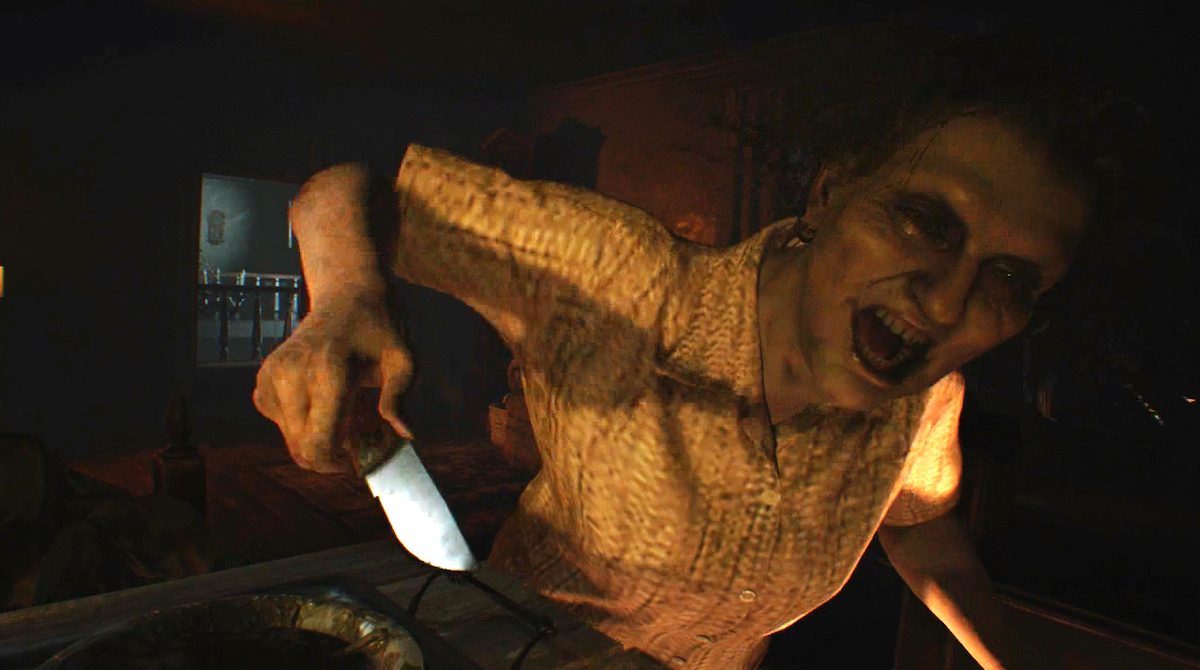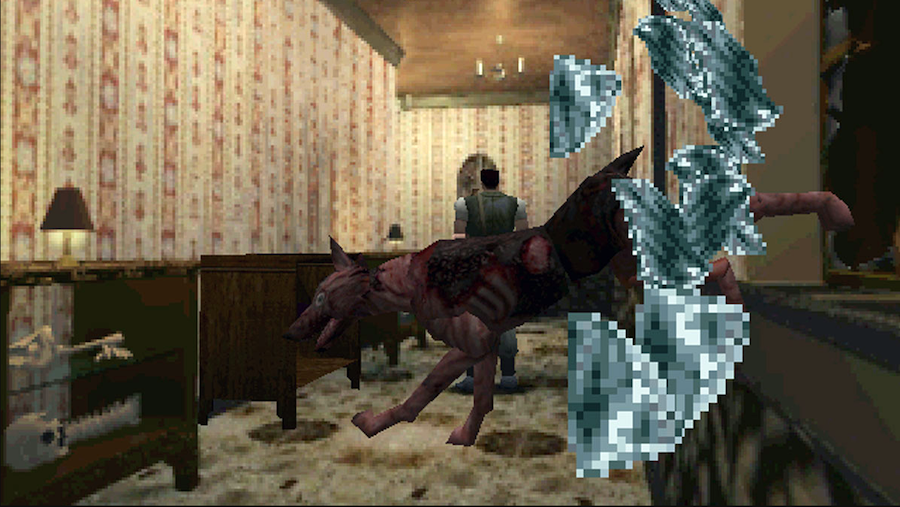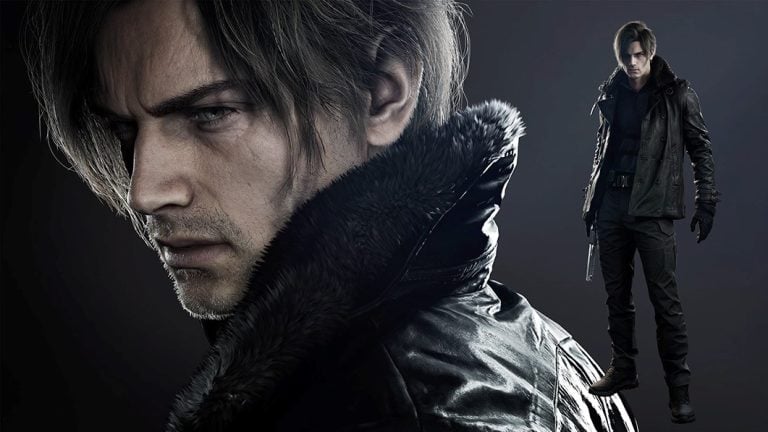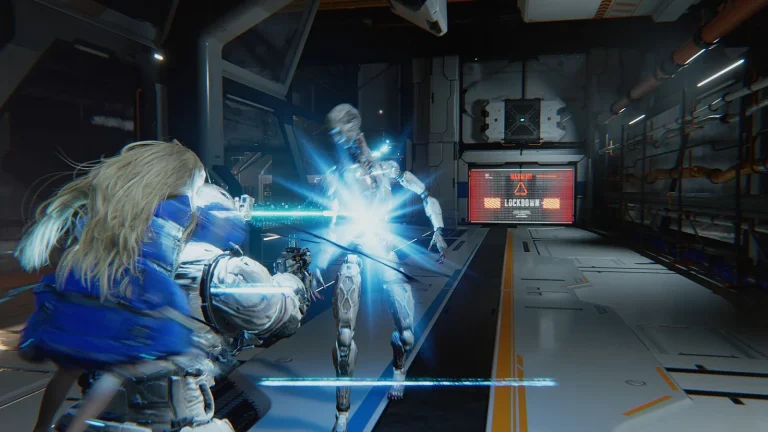You are calmly walking around a zombie-filled mansion, getting used to the tank controls when suddenly, rabid dogs come smashing through the window next to you, making you jump out of your skin. This is Resident Evil 1’s famous jump scare. Game industry veteran Hideki Kamiya recently shared some recollections of that moment, as well as some surprising advice from Resident Evil 1 director Shinji Mikami on making the player feel scared.
Hideki Kamiya has directed a number of well-known titles such as Resident Evil 2, the first Devil May Cry, Viewtiful Joe and Okami. In response to a user sending him an image of Resident Evil 1’s infamous dog jump scare, Kamiya shared a funny moment from his early career at Capcom, when he was a planner on the game.
Post Translation: During development, we invited Mikami’s colleague Kawano (Yoshinori Kawano, director of Breath of Fire) to play test this scene after it had been added to the game (perhaps for the demo version?). When the zombie dogs jumped in, Kawano was so surprised that he turned away sharply, pulling the controller cord out of the console. I remember standing behind him laughing…
After sharing this anecdote, Kamiya revealed Mikami’s thoughts on how best to create fear in horror games.
In the rest of the thread, Kamiya explained that, although he took Mikami’s advice on board and learned from it, he did not apply Mikami’s rules on fear to the letter when he directed Resident Evil 2. Fans were quick to respond with their own personal moments from Resident Evil 2, when they felt the fear tighten around them.
Reply: It was really brought to life!
I can’t tell you how much I hesitated to proceed through the police station basement in Leon’s story, just because of the Licker’s presence.
When I played the PC version of Resi 2, I think it was in the sewers…? As I was moving down the passage, the camera angle suddenly changed, and a giant web spinner filled the entire screen. I’ve been traumatized ever since.
With advances in technology, jump scares have become easier to implement into horror games. It’s an easy device for shaking up the player, and their popularity in more recent games (such as Dead Space and Outlast) might even be linked to the trend of posting reaction videos on YouTube. Perhaps ironically considering Mikami’s rules, Resident Evil 7 and Resident Evil Village have way more jump scares than the series’ 1996 original. The switch from third-person fixed camera angles to a first-person perspective that began with Resident Evil 7 certainly contributed towards this.

However, a search around the internet will quickly reveal that horror game players are very divided on the use of jump scares. While some enjoy the thrill, others say it can be immersion breaking or can come off as cheap. In PC Gamer’s discussion with western horror game developers in 2022, most interviewees agreed that jump scares should be well-implemented and used sparingly, with building up atmosphere being much more important for generating a genuinely terrifying experience. Perhaps it’s worth bearing Mikami’s rules in mind even when making a horror game today.





